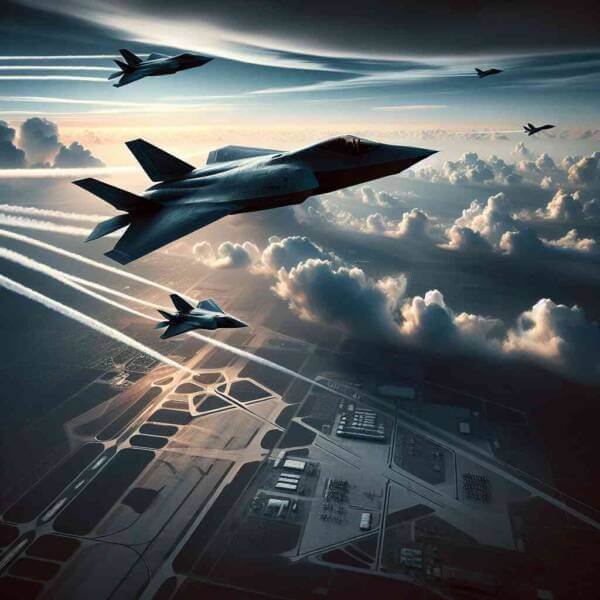Exploring Military Aviation: Key Trends and Innovations
Exploring Military Aviation: Key Trends and Innovations
Blog Article

The use of aircraft in military operations provides strategic advantages.
Nations invest heavily in military aviation to enhance defense capabilities.
How Military Aviation Began
Military aviation started during the dawn of aerial warfare, with aircraft initially used for spying on enemy movements.
Major milestones in military aviation history include:
- The introduction of fighter planes and bombers
- Creation of long-range bombers and jets
- The Cold War era
- Modern drone warfare
Each era brought new technologies that pushed the limits.
Types of Military Aircraft
Understanding the types of military aircraft helps in appreciating the complexity of modern air forces.
Major aircraft classifications:
- Planes built for speed and agility
- Aircraft for long-range attacks
- Transport aircraft
- Reconnaissance and surveillance drones
Each type plays a key part in military operations, from striking enemy targets.
Importance of Air Superiority
Air superiority is crucial for achieving military success.
How controlling the air impacts battles:
- Protecting ground forces
- Cutting off enemy resources
- Surveillance and reconnaissance missions
- Boosting morale
Nations with strong military aviation capabilities can control conflicts.
The Next Generation of Military Aircraft
Military aviation is at the forefront of here engineering breakthroughs.
Cutting-edge developments:
- Stealth technology
- Ultra-fast strike capabilities
- Autonomous drones
- Laser and electromagnetic systems
These advancements increase survivability for air forces worldwide.
Risks and Limitations
Despite technological superiority, military aviation faces significant risks.
Key challenges include:
- Budget constraints for defense programs
- Rapid technological changes
- Protecting systems from hacking and sabotage
- New debates about AI in warfare
Addressing these challenges is crucial to staying ahead.
What Lies Ahead
Nations will continue investing in space-based systems to maintain strategic advantages.
Likely developments:
- Greater integration of artificial intelligence
- Military satellites and space-based weapons
- Reducing environmental impacts of defense operations
- Enhanced multinational cooperation
The next era of military aviation will revolutionize how wars are fought.
The Enduring Power of Military Air Forces
Its history, present achievements, and future possibilities highlight human ingenuity.
As technology continues to evolve, the skies will remain a vital domain where military aviation shapes the world order.
The future of military aviation is more dynamic than ever — and it’s only just beginning. Report this page